Microsoft signs Android royalty agreement with Dell

Microsoft apparently holds patents that it claims are relevant to Chrome OS as well, but that is something Google is understandably challenging. In the meantime, Microsoft has made it position clear to OEMs that make all these gadgets.
Among them, Dell, who has just signed a patent licensing agreement with Microsoft. This is not just another one-way street though, since this also involves patents Dell owns and are relevant to the Xbox gaming consoles.
Dell has agreed to license intellectual property for Android and Chrome OS hardware it builds and sells while Microsoft has agreed to reciprocate for technology used in the Xbox. “Our agreement with Dell shows what can be accomplished when companies share intellectual property,” according to Horacio Gutierrez, corporate vice president and deputy general counsel of the Innovation and Intellectual Property Group at Microsoft.
This arrangement may have something to do with the possibility of Microsoft wanting to expand Xbox Live functionality into Android and iOS environments. An agreement such as this may dot the "i's" and cross the "t's."
Of course, Dell and Microsoft have had a relationship for decades even though the companies do compete with each other at certain levels. Gutierrez further noted, “We have been partnering with technology manufacturers and vendors for many years to craft licensing deals, instead of litigation strategies,” a statement obviously pointed at Google who refuses to play nice with Microsoft.
Dell, for its part, has dropped its Windows Phone plans for the time being, but continues to offer tablets and PCs running Windows. Dell also makes Venue tablets powered by Android in a variety of configurations.
HTC Desire 316 gets official in China
 |
As we already reported, the 316 is a slightly different variant of the Desire 516. In fact, the link to the handset’s webpage contains the model number 516, not 316. But the description clearly says that this is the Desire 316.
The new smartphone runs Android 4.3 Jelly Bean, and sports a 5-inch qHD (540 x 960) display. It weighs 160 grams, measures 140 x 72 x 9.7 mm, and further features a 5MP rear camera, VGA front-facing camera, quad-core 1.2GHz Snapdragon 200 processor, 512MB of RAM, 4GB of internal memory, and microSD card support. On the back of the device there’s a 1,950 mAh battery.
As you’d imagine, this Desire 316 should be quite cheap, although we don’t know just how cheap. HTC did not say if it’s planning to launch the Desire 316 (or the 516) globally.
Lumigon announces T2 HD premium Android smartphone
You may remember the Danish company Lumigon from its T1 and T2 smartphones, which it launched in 2010 and 2012. The company is looking to deliver decently (if not exactly high-end) spec'd Android smartphones in a premium built package. Today Lumigon introduced a new member to its lineup, dubbed the T2 HD and it's pretty much more of the same.




Lumigon T2 HD
The new Lumigon T2 HD flagship features a premium stainless steel body with a slender 8.5mm frame. It sports a 4.3-inch 720p display covered in Gorilla Glass 3, and also has IP58 water resistance.
Unfortunately, it still won't be able to compete with the latest flagships in the processing department, as it sports a Snapdragon chipset with 1.7 GHz dual-core Krait CPU and Adreno 320 GPU. It's also got 2GB of RAM, top and bottom stereo speakers powered by Bang & Olufsen, and a 13MP Sony-made shooter accompanied by a 2.4MP front-facing camera that does 1080p video and has a front-facing flash of its own, great for low-light selfies.
But the real highlight is the 128GB of available internal memory, which is rather rare for a smartphone. The T2 HD doesn't come with a microSD card slot, but with this much available memory, you don't really need one.
Dimensions of the Lumigon T2 HD come in at 127 x 64 x 8.7, which is just about the same dimensions as the Sony Xperia Z1 Compact, except they were able to trim almost a full millimeter off the thickness. This latter bit is likely due to a smaller battery, which is 6.4 Wh (just over 1,700mAh).
Other hardware extras include LTE connectivity, Bluetooth and WiFi, GPS, NFC, IR-blaster, FM radio, secondary microphone, glove mode, and a stainless steel dock for charging and data transfer, included in the retail package.
Software-wise, the T2 HD is slated to come running almost entirely vanilla Android 4.4 KitKat, with very minor cosmetic changes to the interface. Lumigon will include a few custom widgets like a stylish clock and calendar.
The Lumigon T2 HD will be released in Q2 of 2014 in black or white starting from €730 after taxes. Store availability will be limited to Denmark, while the majority of European markets will be able to buy one through Lumigon's webshop. The price is for the 32GB version, so expect to pony up significantly more for the 128GB model. If you've really got money to burn, there's even a limited edition 24-carat gold variant coming out at the same time.
Leaked diagram allegedly reveals the physical measures of iPhone 6
A leaked diagram which allegedly reveals the physical measures of the upcoming Apple iPhone 6 made the rounds on the web. Unsurprisingly, the document suggests that the next smartphone to come out of Cupertino will have a significantly larger display than the iPhone 5s.
According to the leaked diagram, the iPhone 6 will be 150mm long and 85mm wide. The measures rival those of the Samsung Galaxy Note 3 (151.2mm long and 79.2mm wide), thus suggesting that a phablet is on the way.
The leaked document falls in line with older rumors. We have heard on a couple of occasions in the past that Apple will release two large screen iPhone handsets in the second half of this year.
DirectX 12 to boost gaming on Windows Phone devices, Qualcomm says

Microsoft and Qualcomm have apparently worked together for a long time in order to ensure that the Adreno GPU in the chipsets fully supports the DirectX API collection. DirectX 12 greatly increases the looks of the games you play on WP devices by boosting performance – it uses the cores of the CPU and the GPU even more efficiently. At the same time, the power consumption is also reduced and the games will drain significantly less of your smartphone's battery.
However, DirectX 12 won't land on WP devices anytime soon, as it is expected to arrive in the end of 2015. At the moment, the current version of Microsoft's mobile platform supports a modified version of DirectX 11, which uses Direct3D with a feature level set to “9_3”. This means that Windows Phone games can't benefit from most of the nifty functionalities of DirectX 11 – they can only make use of the features that DirectX 9.3 is toting.
Case maker confirms Lumia 1820, Galaxy S5 zoom, S5 mini
Since it's fashionable for case makers to leak unannounced phones, Noreve put out pages for leather cases for three phones – the Nokia Lumia 1820, Samsung Galaxy S5 mini and Galaxy S5 zoom. The cases will be available "online very soon".In case you haven't heard of the Lumia 1820, it supposedly has a 5.2" QHD screen and a Snapdragon 805 chipset.

The other two devices are Galaxy S5 branded models. The Galaxy S5 zoom is rumored to have a 20MP camera, 4.8" 720p screen, quad-core chipset and run Android 4.4 KitKat. The Galaxy S5 mini should have a Super AMOLED screen at 720p resolution and be powered by a Snapdragon 800 chipset.
You can check the product pages for the Lumia 1820, Galaxy S5 zoom and S5 mini.
Google looking into bringing Chrome to Windows Phone

The first step is really to see whether or
not it is even possible. A Google engineer, Carlos Pizano, has opened a
ticket in the Chromium open source project to have other developers look
into the possibility. The request states: "Now that the Chrome team has
developed a Chrome Metro/Modern UI version for Windows 8, I'm hoping
that large parts of the code can be recycled to build Chrome for WP8."
The request has been in the Chromium forums since October 2012 and
hasn't seen any activity until two days ago. Two days ago, the developer
who had been in charge of a related report to bring Chrome to Windows
Phone 7 passed on ownership of this project to a developer named dxie.
Of
course, this doesn't really mean that anything is going to happen, but
at least someone from the Chromium team is looking into the issue. One
major roadblock to getting Chrome on Windows Phone is that so far,
Microsoft has not been kind to 3rd party browsers on its ARM platforms
that don't use the IE rendering engine. And, using that rendering engine
would require a complete rebuild of Chrome, which would be a really
really big roadblock.
HTC Desire 616 with 5-inch HD display, octa-core processor surfaces
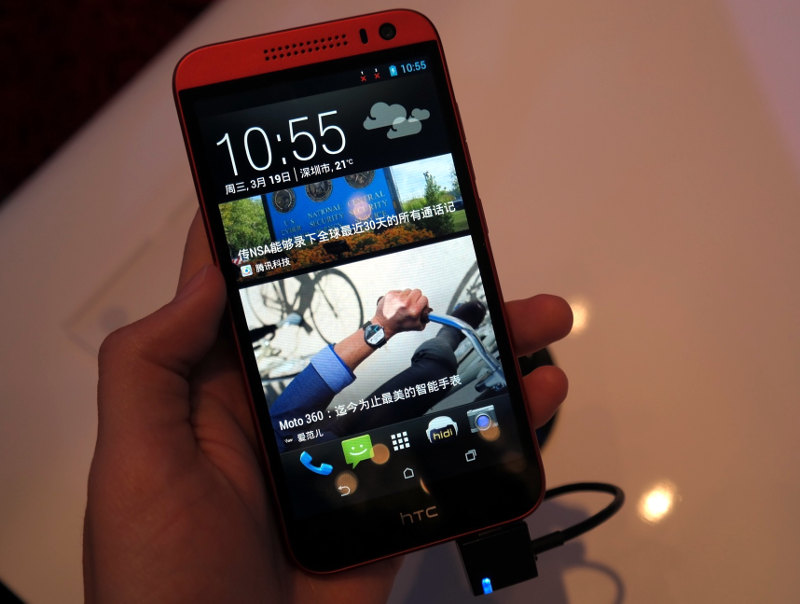
HTC unveiled the Desire 816 at the MWC last month. Earlier this month Desire 516 with 5-inch qHD display and a quad-core processor surfaced online. Today, HTC Desire 616 with octa-core MediaTek MT6592 processor has surfaced online in live images posted by a weibo user. It has also been certified in Tenna in China that reveals the complete specifications of the device. It has a 5-inch HD display and runs on Android 4.2 (Jelly Bean) with HTC Sense 5 on top.
Other features include a 8-megapixel rear camera with LED flash, 1080p video recording and a 2-megapixel front-facing camera. It has 3G support, 1GB RAM and a micro SD expansion slot. Details about internal storage and battery are not available yet.

The HTC Desire 616 would come in Black, Blue, White, Red and Yellow colors. It is expected to launch officially in China soon. HTC unveiled the Desire 310, a budget smartphone with MediaTek chip earlier this month. Hope we can expect HTC to launch these budget smartphone in India.
ZTE nubia X6 with 6.4-inch 1080p, Snapdragon 801 and 13MP camera with OIS announced
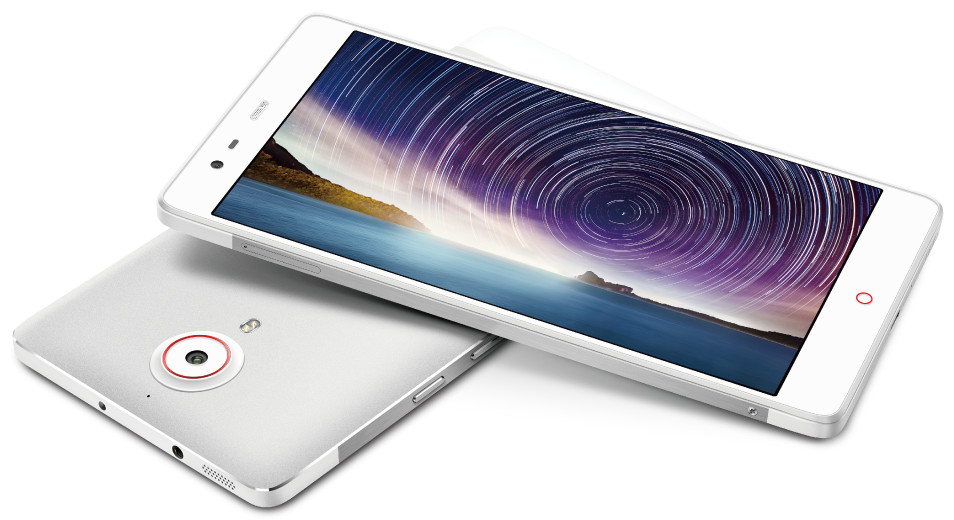
ZTE has introduced nubia X6, the company’s latest smartphone in China. It has a 6.4-inch (1920 x 1080 pixels) full HD CGS (Continuous Grain Silicon) IPS display, powered by a 2.3 GHz / 2.5 GHz Quad-Core Snapdragon 801 processor and runs on Android 4.3 (Jelly Bean). It has a 13-megapixel rear camera with LED Flash, Optical Image Stabilization (OIS), f/2.0 aperture, full HD video recording and a 13-megapixel front-facing camera.
It is 7.9 mm thin and weigh around 215 grams. It has NeoVision 3.5 Camera and Dolby Digital with DTS capabilities. It also comes in 64GB variant with similar specifications, but the 128GB variant comes with 2.3 GHz Quad-Core Snapdragon 801 processor (MSM8974AC) processor and has 3GB RAM.
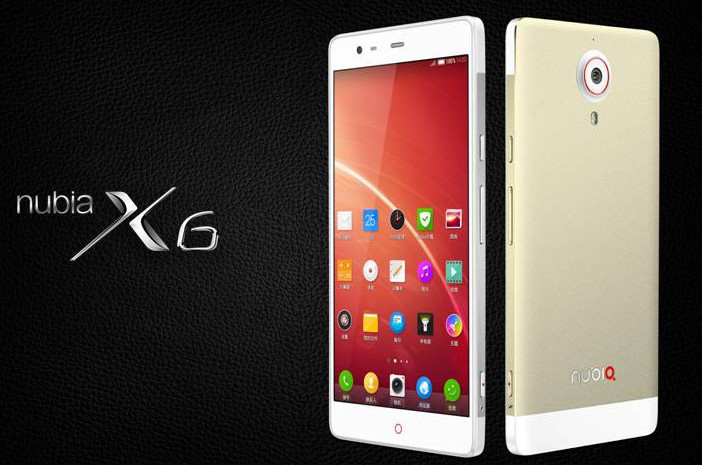
ZTE nubia X6 specifications
- 6.4-inch (1920 x 1080 pixels) full HD CGS (Continuous Grain Silicon) IPS display with Corning Gorilla glass protection
- 2.3 GHz / 2.5 GHzQuad-Core Snapdragon 801 processor with Adreno 330 GPU
- Android 4.3 (Jelly Bean) OS with Mifavour UI
- 13MP auto focus camera with LED Flash, OIS, f/2.0 aperture, 1080p HD video recording
- 13MP front-facing camera with f/2.2 aperture
- 7. 9mm thick and weighs 215 grams
- 2GB RAM for 16GB / 32GB variants, 3GB RAM for 128GB variant
- 4G LTE/ 3G HSPA+, Bluetooth 4.0, WiFi 802.11 a/b/g/n (Dual Band), GPS/aGPS, HDMI, NFC
- 4250 mAh battery
HTC One (M8) with Duo Camera, Snapdragon 801 and Android 4.4 announced
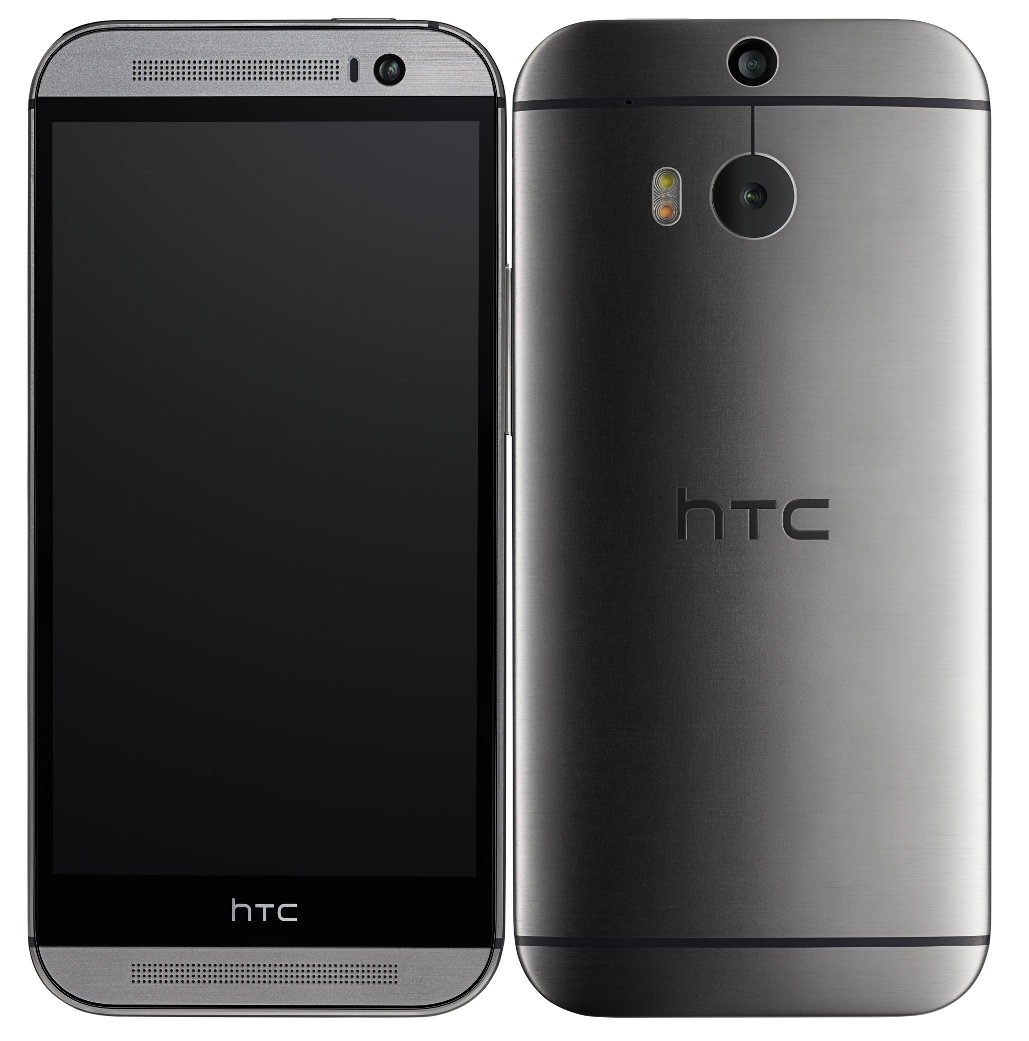
HTC has finally announced the new HTC One (M8) successor of last year’s HTC One (M7). The HTC One (M8) has a 5.0-inch (1920 x 1080 pixels) Full HD display with Corning Gorilla glass protection, powered by a 2.5 GHz / 2.3 GHz quad-core Qualcomm Snapdragon 801 processor(depending on the market) and runs on Android 4.4 (KitKat) with the new HTC Sense 6.0 UI. It has Duo camera setup with a primary UltraPixel camera (1/3″ BSI sensor, f/2.0 aperture, 28mm lens, pixel size of 2.0 microns) and a secondary rear camera to capture depth information. It has dual LED flash that automatically selects the right tone and intensity based on the scene.
It has a 5-megapixel front-facing camera with 1080p video recording with HDR capability, f/2.0 aperture, BSI sensor and wide angle lens. The Duo camera brings new features such as UFocus that uses the depth information to easily change the focus of a photo, Foregrounder feature to apply fun and artistic filters to the background of an image and more.
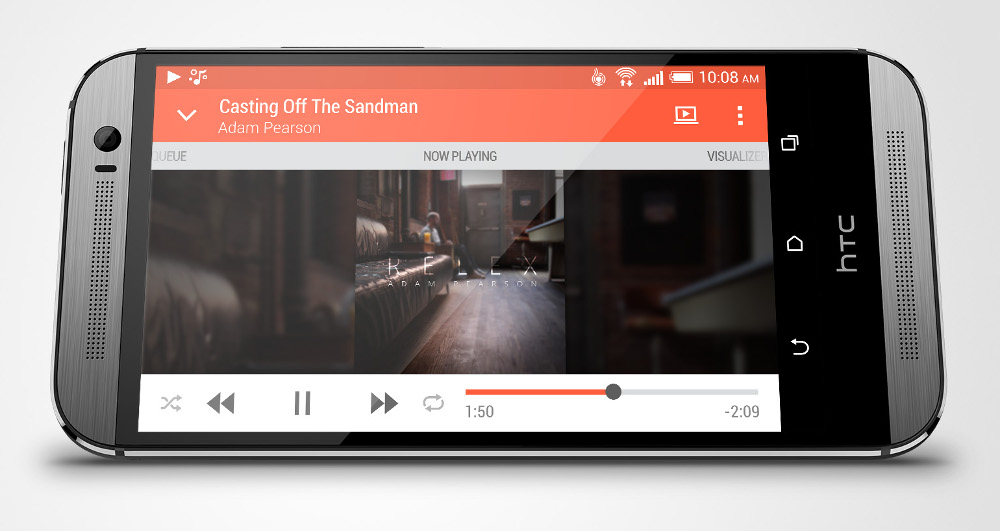
It comes with Dual font-facing stereo speakers with built-in amplifiers and HTC BoomSound technology similar to the first HTC One. The HTC One (M8) has 90 percent metal unibody build, wrapping all the way around the sides for a curved finish. It has new Zoe Camera UI, new BlinkFeed, motion launch feature to unlock the screen or launch an app with single swipe or double-tap.
The HTC Sense TV has also been upgraded with new features to display official Facebook and Twitter pages, along with popular hashtags of the TV show you are watching. The 2600 mAh battery in the HTC One (M8) lasts 40% longer compared to the HTC One, says the company.
HTC One (M8) Specifications
- 5.0-inch (1920 x 1080 pixels) Full HD display with Corning Gorilla glass 3 protection
- 2.5 GHz / 2.3 GHz quad-core Qualcomm Snapdragon 801 processor with Adreno 330 GPU
- Android 4.4 (KitKat) with HTC Sense 6.0
- UltraPixel primary rear camera with dual LED Flash, BSI Sensor,F/2.0 aperture and 28 mm lens
- Secondary rear camera to capture depth information
- 5 MP front-facing camera
- Full HD (1080p) video recording with HDR Video
- 9.35 mm thick and weighs 160 grams
- 3.5 mm headset jack, FM radio with RDS, HTC BoomSound
- Dual front-facing stereo speakers with built-in amplifiers, HTC Sense Voice
- Infrared remote control
- nano SIM
- 2 GB RAM, 16GB / 32GB internal memory, expandable memory up to 128GB
- 4G LTE / 3G HSPA+, WiFi 802.11 a/ac/b/g/n (2.4 and 5 GHz), Bluetooth 4.0 with aptX codec, MHL, NFC and GPS with GLONASS
- 2600 mAh battery
Samsung SM-G870 Galaxy S5 Active surfaces
The trustworthy @evleaks tipster has delivered yet another interesting rumor. Apparently Samsung is working on a SM-G870 model, which should be released as Galaxy S5 Active.The Galaxy S5 flagship was announced at the MWC in Barcelona last month. It features a top-notch hardware and is dust and water proof, so lots of people decided the Active version is probably retired.

Well, if @evleaks is right, then we are getting an Active version of the flagship after all. We are not sure if Samsung will just upgrade the water resistance, but it may as well add some military certifications such as impact resistance or MIL-STD-810G certification - that's salt, dust, humidity, rain, vibration, solar radiation, transport and thermal shock resistance.
Evleaks suggest the phone will launch on AT&T and Sprint among other carriers later this year.
6.44" ZTE Nubia X6 phablet launches with Snapdragon 801
The ZTE Nubia X6 officially launched at an event in Beijing and it proved to be a more exiting device that the latest rumors described. It's a 6.44" phablet with a Snapdragon 801 chipset and dual-SIM support plus LTE connectivity.
The Nubia X6 phablet has a 7.9mm thin metal body with relatively narrow bezels. The 6.44" LCD screen has 1080p resolution (no QHD despite rumors) with 344ppi pixel density.
The phablet will initially be powered by a Snapdragon 801 MSM8974AB chipset (4x Krait 400 at 2.3GHz), but there will be a second version with 8974AC (same CPU at 2.5GHz). The chipset is paired with 3GB RAM but it's unclear what Android version the device will be running.
The camera features an optically stabilized 13MP sensor and 5-element lens with bright f/2.0 aperture. By the sound of it, the front-facing camera will also have a 13MP sensor (this one BSI) with a 5-element lens and f/2.2 aperture (but no OIS).
On the connectivity side, the ZTE Nubia X6 has two SIM cards, 3G and LTE, including China-specific varieties, dual-band Wi-Fi, Bluetooth 4.0, NFC and USB 3.0 with OTG. The phablet has three mics for noise cancellation.
ZTE Nubia X6
Two last specs to consider – a 4,250mAh battery and built-in storage. The base X6 will have 32GB storage and will cost CNY 3,000 ($485), but there's a 64GB option at CNY 3,500 ($565) and a whopping 128GB option at CNY 4,000 ($645). There doesn't seem to a microSD card for memory expansion.
All that's left to find out now is a launch date and if (fingers crossed) it will be available outside of China. It will offer the Sony Xperia Z Ultra stiff competition.
OnePlus One gets a Snapdragon 801 upgrade
OnePlus, a startup phone manufacturer composed by former Oppo employees, has been trying its best to bring the spotlight
on its upcoming One flagship smartphone. The latest teaser from the
company reveals some of the hardware specs of the OnePlus One.

The OnePlus One is officially confirmed to sport a 5.5-inch 1080p JDI display and Qualcomm Snapdragon 801 SoC. The handset was tipped to have a Snapdragon 800 processor, but as it turns out, it will be powered by the newer Snapdragon chipset. It has already appeared on AnTuTu and managed to pass the test with flying colors.
OnePlus One will also feature a 6 piece 13 megapixel Sony Exmor camera with f/2.0 apeture. The teaser also reveals that the device will have swappable back cover and 3,100mAh battery underneath it.
The OnePlus One is rumored to come out with an aluminium unibody design and is expected to cost less than $400. However, there is no official confirmation and we will know more about the device when it goes official.

The OnePlus One is officially confirmed to sport a 5.5-inch 1080p JDI display and Qualcomm Snapdragon 801 SoC. The handset was tipped to have a Snapdragon 800 processor, but as it turns out, it will be powered by the newer Snapdragon chipset. It has already appeared on AnTuTu and managed to pass the test with flying colors.
OnePlus One will also feature a 6 piece 13 megapixel Sony Exmor camera with f/2.0 apeture. The teaser also reveals that the device will have swappable back cover and 3,100mAh battery underneath it.
The OnePlus One is rumored to come out with an aluminium unibody design and is expected to cost less than $400. However, there is no official confirmation and we will know more about the device when it goes official.
Samsung Galaxy S5 Zoom specs surface, 20MP camera in tow
Now that the Galaxy S5 is already official and headed to the shelves, Samsung is finally able to shift its attention to its stablemates. It appears that the second smartphone to join the Galaxy S5 lineup will be the camera centric Samsung Galaxy S5 Zoom.A new leak has arrived, detailing the smartphone-slash-portable camera specs. The information comes from a presentation, where unfortunately photos weren't allowed so we'll have to make do with some hand-written notes. Normally we wouldn't pay much attention to such rumors, but we managed to confirm several bits of the info with sources we know are trustworthy so we are willing to give it all the benefit of doubt.
Anyway, the biggest change brought by the Samsung Galaxy S5 Zoom will be a slimmer body with no protruding lens. Samsung has obviously implemented some sort of internal zoom that we've seen on many compact digicams to keep the size in check this time.
The smartphone will also feature a bigger 20 MP CMOS sensor with optical image stabilization and while it will lose the hump it will still come with 10x optical zoom.
Another worthy improvement seems to be the bigger 4.8" display of 720p resolution. There will be Android 4.4 KitKat on board, 2 GB of RM, quad-core 1.6 GHz processor and a Xenon flash. Previously we heard an Exynos 5 Hexa with six cores will power the device.

The design of the device isn't disclosed but we could bet on leather-mimicking plastic along the lines of the Galaxy S5 or the Note 3.
As before aside from the shutter button Samsung is expected to include a zoom ring but this time it will be placed under your thumb rather than around the lens.
There's no word on pricing or availability but our ninjas say we're going to see the device go live next week.
The Galaxy S4 zoom sported almost identical specifications as the Galaxy S4 mini - a 4.3" Super AMOLED qHD display, similar design but came with a lower-grade dual-core Cortex-A9 processor so the Galaxy S5 Zoom seems like a very worthy upgrade.
BlackBerry OS 10.3 screenshots leak, voice assistant coming
A myriad of screenshots have leaked showing the new and upcoming BlackBerry OS 10.3. The new OS release brings a cleaner UI with a predominantly red and black theme.
On the homescreen the icon shadow has been removed. This might be an experimental feature and not make it to the final, but at this point it does add to the minimalist style.
The music player's play button has been emphasized.

The keyboard has received a new layout and color scheme. There's also a screenshot of smart search, which looks like a universal search of sorts.

The camera has a new timer, panorama mode, 720p video recording in both 30 and 60 fps and automatic HDR mode suggestion when the camera senses the conditions call for it. The camera UI also features the cleaner look with a single red shutter.

Further on there will be some smart features like disabling the display when the phone detects it's been turned on its face or is in a pocket.

And finally, the most interesting part is the addition of a new voice assistant. We see its UI below but sadly don't learn anything about it - no name or possible features.

There's no telling when the new OS will hit BlackBerry devices, but it shows that BlackBerry is still committed to improving the OS even amid the disappointing smartphone sales.
Nokia and Microsoft expect to finalize deal next month
Both Microsoft and Nokia have issued statements regarding the acquisition of Nokia's Devices and Services division (read. smartphones business) and related patent licenses. Both companies expect the final round of regulatory approvals to finish by next month, rather than by the end of this one as previously announced.
The deal, announced in September of last year, has Microsoft acquiring Nokia's Devices and Services division and granting exclusive use of its patents for a period of ten years. The deal has since gone through the usual gauntlet of regulatory and regional approvals, but that has taken slightly longer than initially estimated.
Microsoft states that it has received regulatory approvals from fifteen markets across five continents. The European Commission and the US DoJ have long since given said approval, and it seems the only obstacle remaining are certain Asian antitrust authorities.
Earlier this month, Korean manufacturers petitioned the FTC not only in regards to Microsoft's exclusive use of Nokia's patents, but also Nokia's ability to increase royalties on cross-licensed patents in the future. Since the Finnish manufacturer would no longer be making smartphones, it could increase its patent license royalties without have to worry about retaliation from other manufacturers.
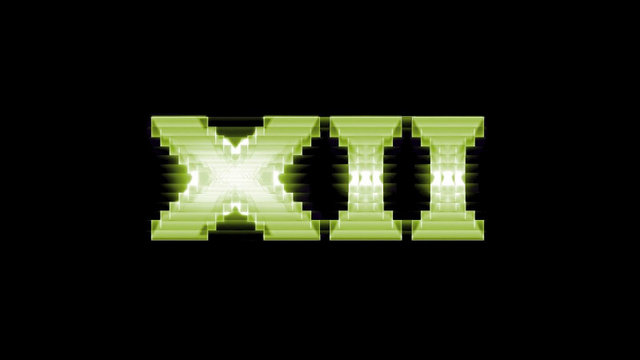
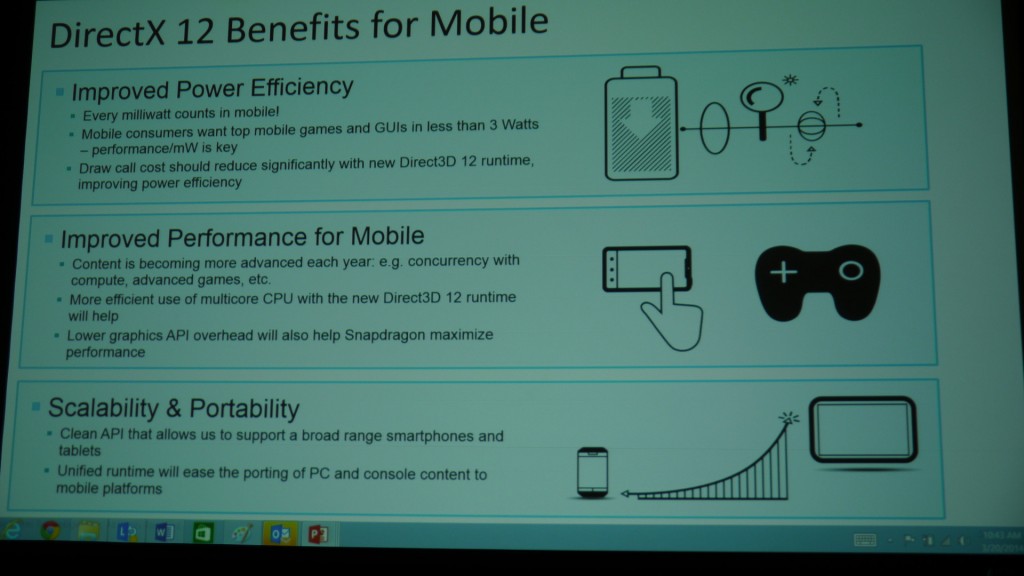





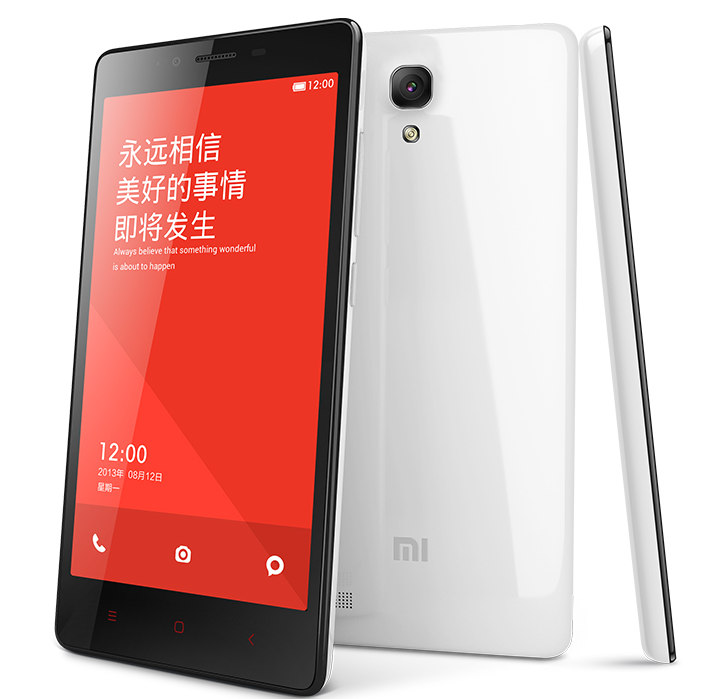
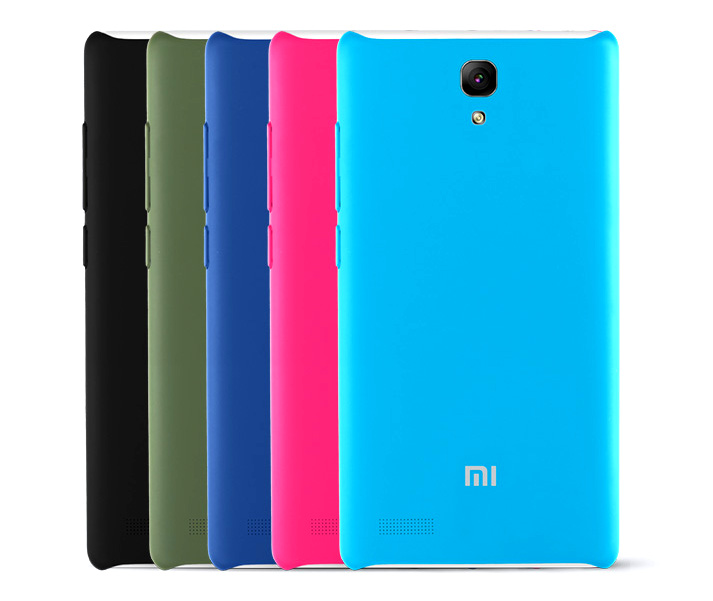
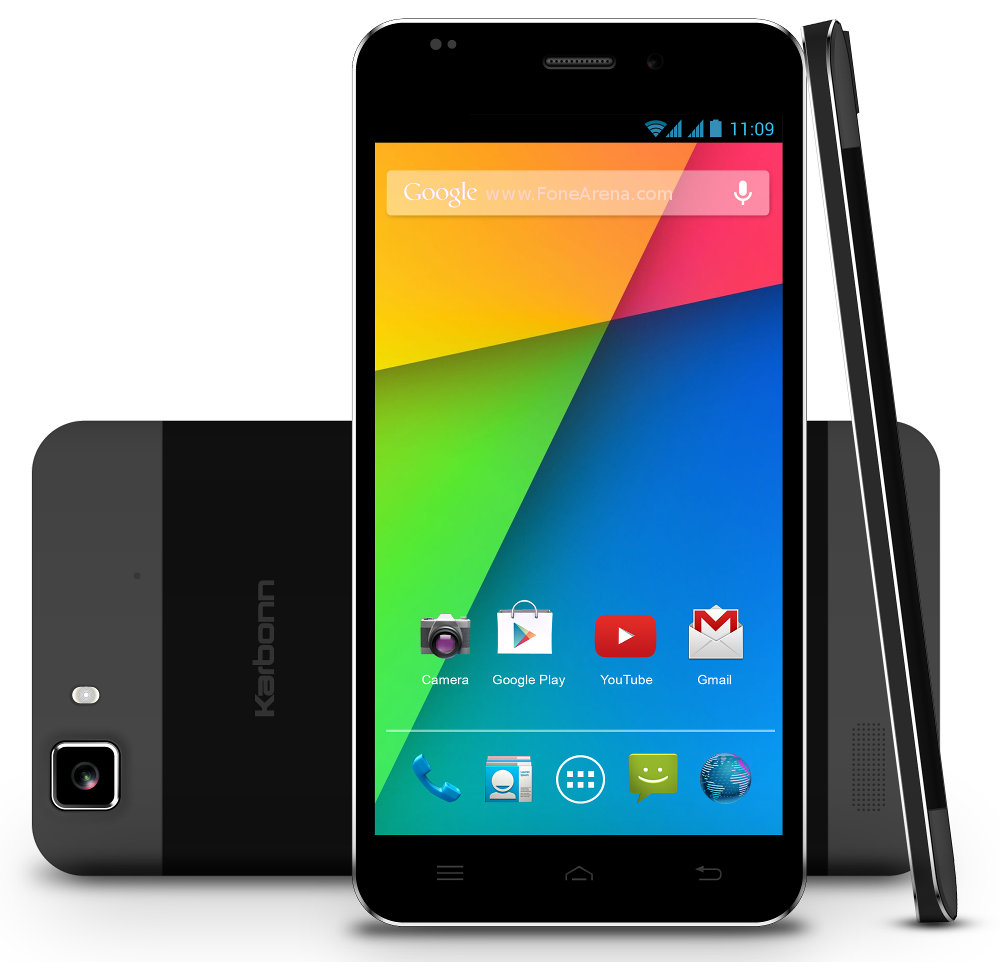
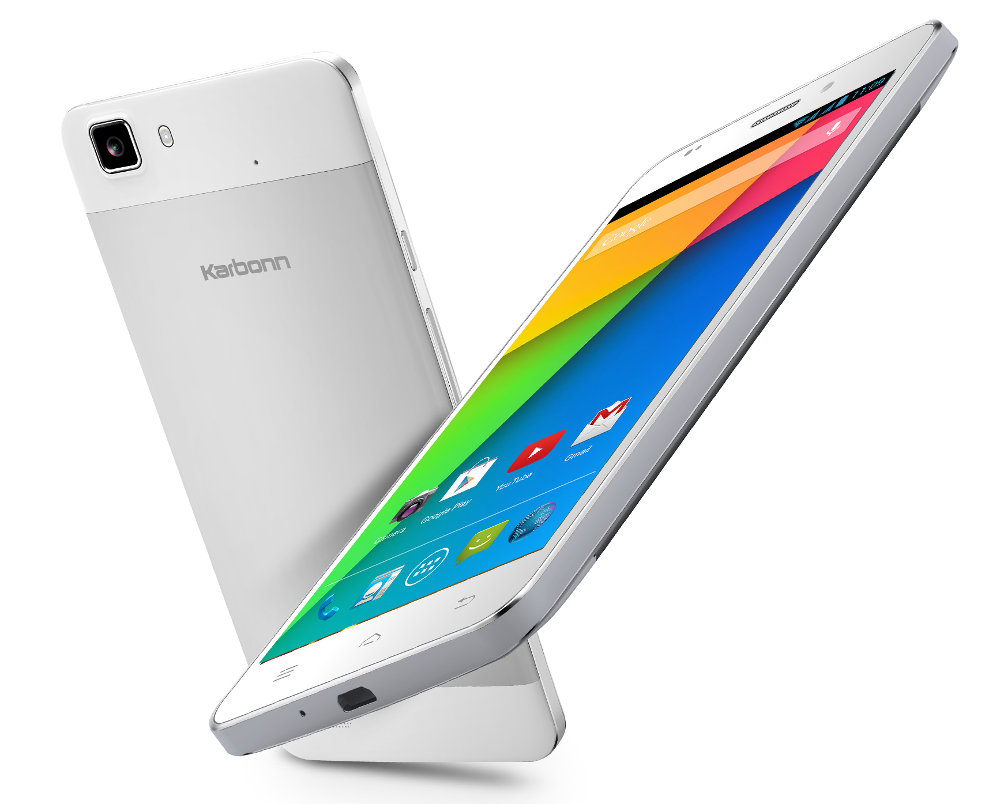
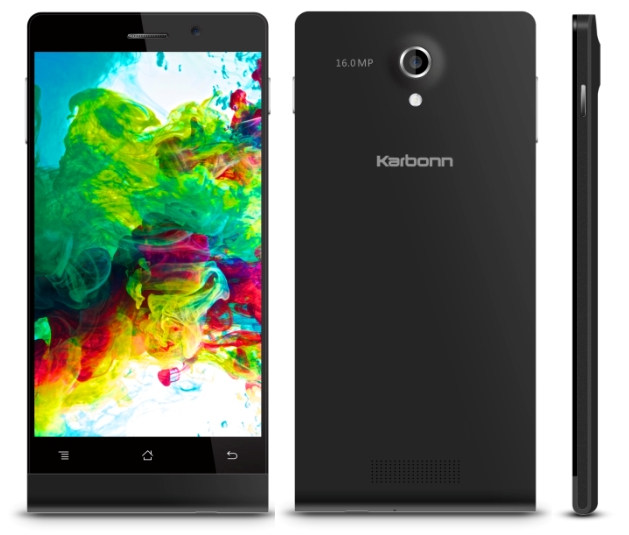
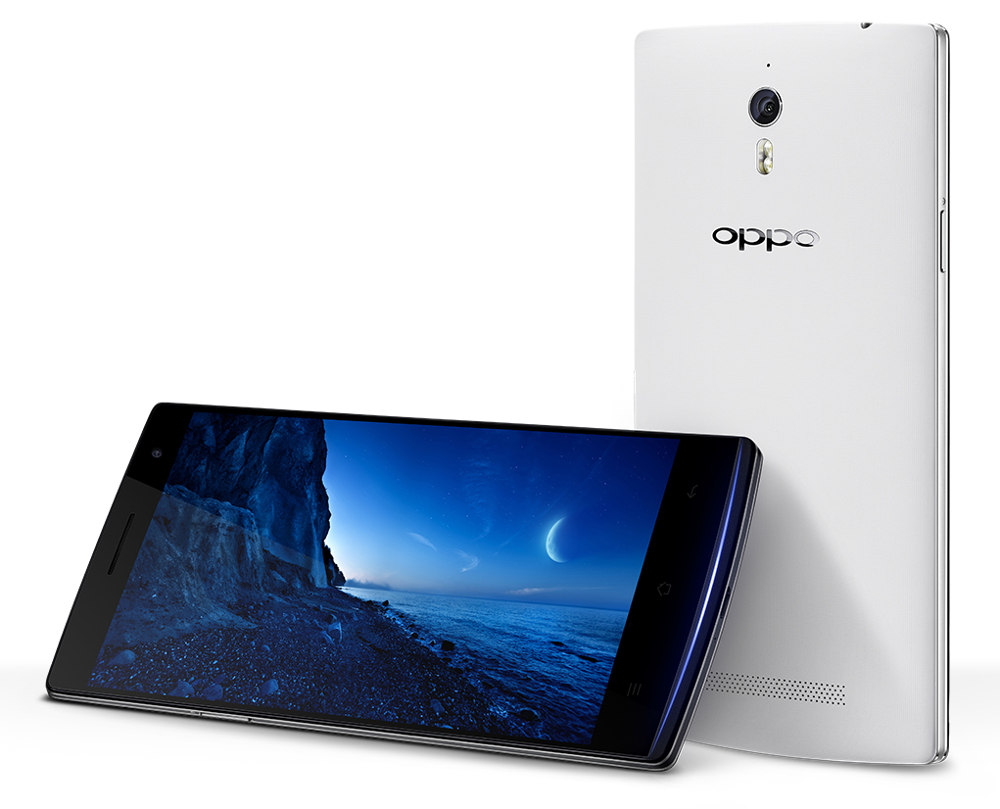
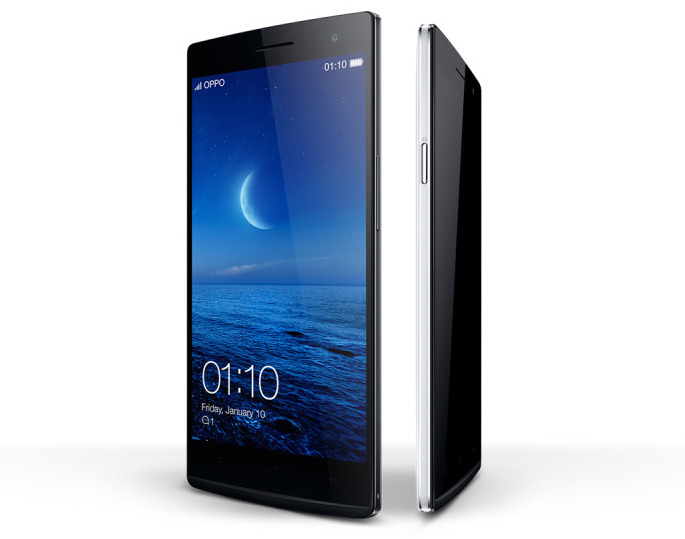
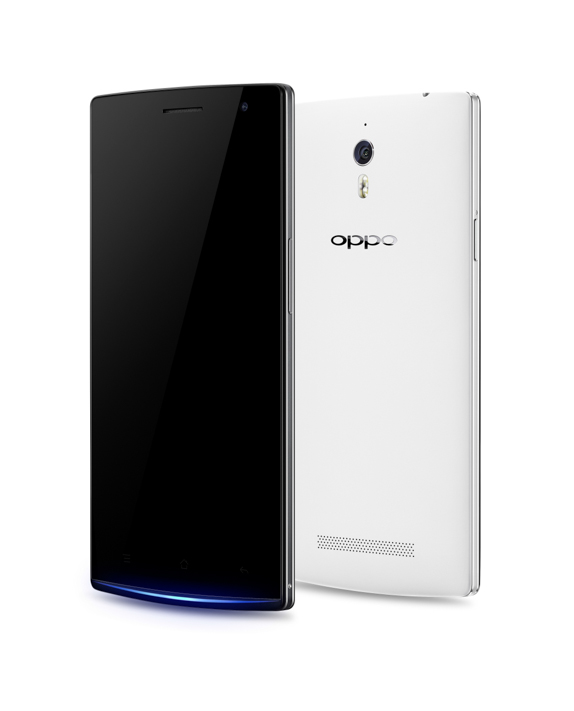












 Android
4.4 KitKat supports fairly low-end devices with as little as 512MB. It
wasn’t meant for aging devices though, instead it was to enable
affordable new handsets. One of those will be the Samsung G310.
Android
4.4 KitKat supports fairly low-end devices with as little as 512MB. It
wasn’t meant for aging devices though, instead it was to enable
affordable new handsets. One of those will be the Samsung G310.







